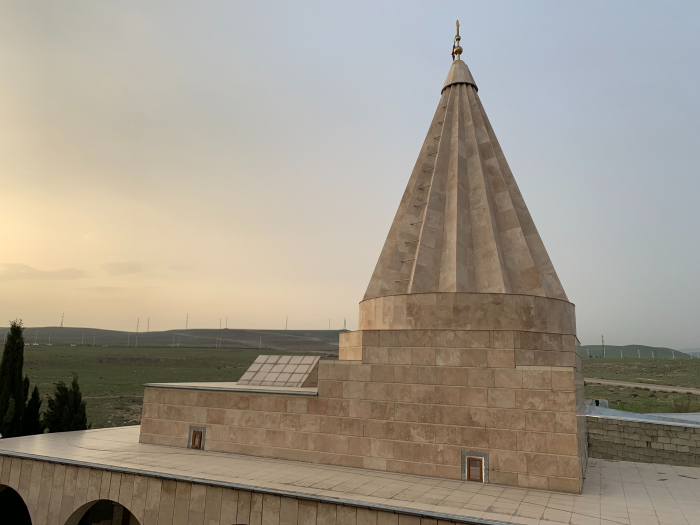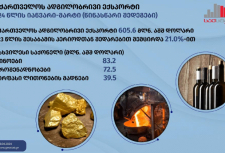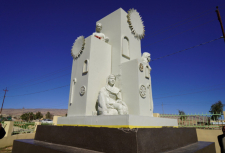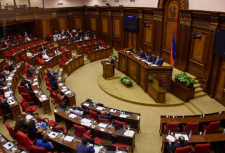How did Yezidis get surnames in the USSR

In the Middle Ages, the Yezidis had no surnames. It was considered a Yezidi tradition and is still considered to call his name and the name of his paternal ancestors for his identification, also to name his caste and the clan (byarak) to which he belongs. For Yezidis, it is considered mandatory to know the names of their ancestors up to at least 7 tribes, such ignorance is considered shameful. Sometimes there is even a dispute among the Yezidis about who knows more names of the ancestors of their kind, this number can reach up to 12, or even more.
Surnames among the Yezidis appeared in the early 20s of the 20th centuries during the Soviet certification.
Having settled in Armenia and Georgia, with the creation of the USSR and the process of certification, the Yezidis received documents, so they were given surnames. They were asked what their father's or grandfather's name was, and new surnames were created at their discretion. In Georgia, the name of an ancestor (grandfather, father) was attributed to the ending – "ev" or "ov". Russian Russian endings were also originally attributed in Armenia, but later the Russian endings were changed to Armenian "yan". Thus, the descendants of a certain Shamo, who settled in Georgia, became Shamoevs, and his descendants in Armenia became Shamoians. Thus, the origin of the Yezidis was not taken into account - the genus and "byarak", by the names of which they recognized each other.
Tags: #yezidis #yazidis #ezidi
How did Yezidis get surnames in the USSR

In the Middle Ages, the Yezidis had no surnames. It was considered a Yezidi tradition and is still considered to call his name and the name of his paternal ancestors for his identification, also to name his caste and the clan (byarak) to which he belongs. For Yezidis, it is considered mandatory to know the names of their ancestors up to at least 7 tribes, such ignorance is considered shameful. Sometimes there is even a dispute among the Yezidis about who knows more names of the ancestors of their kind, this number can reach up to 12, or even more.
Surnames among the Yezidis appeared in the early 20s of the 20th centuries during the Soviet certification.
Having settled in Armenia and Georgia, with the creation of the USSR and the process of certification, the Yezidis received documents, so they were given surnames. They were asked what their father's or grandfather's name was, and new surnames were created at their discretion. In Georgia, the name of an ancestor (grandfather, father) was attributed to the ending – "ev" or "ov". Russian Russian endings were also originally attributed in Armenia, but later the Russian endings were changed to Armenian "yan". Thus, the descendants of a certain Shamo, who settled in Georgia, became Shamoevs, and his descendants in Armenia became Shamoians. Thus, the origin of the Yezidis was not taken into account - the genus and "byarak", by the names of which they recognized each other.
Tags: #yezidis #yazidis #ezidi

























